Essential Gardening Tools Every Home Gardener Should Have
Starting a garden can be a lot more fun when you have the right tools for the job. Whether you’re growing tomatoes, planting herbs, or tending to flower beds, having a few basic tools can make a big difference. They help you save time, avoid sore hands or backaches, and give your plants a better chance to grow healthy.
I’ll cover the most useful tools every home gardener should think about getting. You don’t need to buy everything at once. Just a few well-chosen items can set you up for success.
This post may contain affiliate links, which helps keep this content free. Please read our disclosure for more info.
Hand Trowel
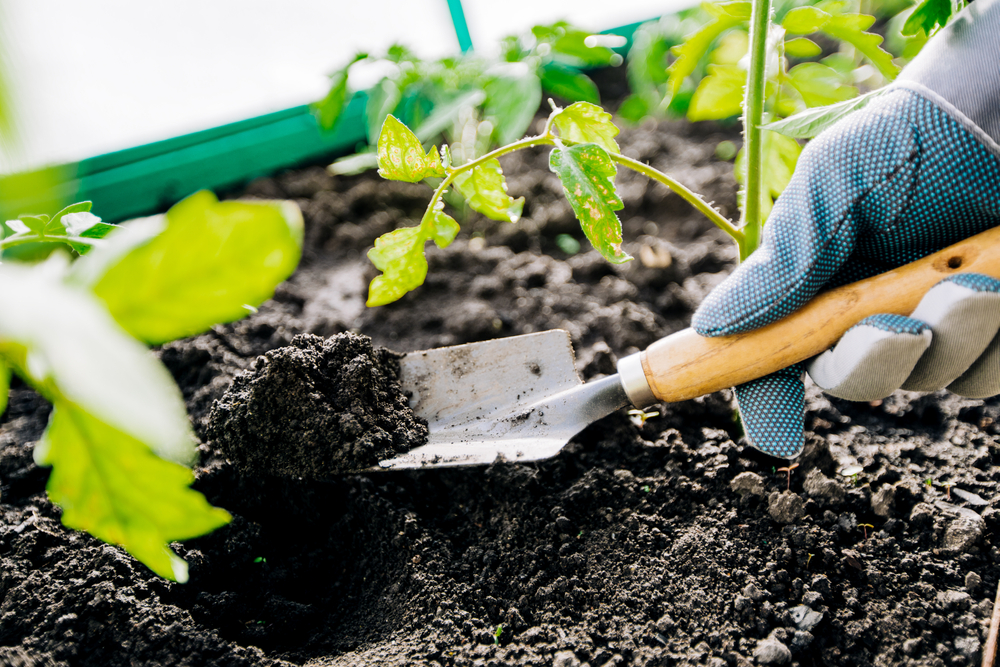
A hand trowel is one of the first tools many gardeners grab. It’s perfect for digging small holes, planting seedlings, or pulling out weeds in tight spots. You’ll use it all the time in flower beds, veggie patches, and container gardens.
Look for one with a sturdy steel blade and a handle that feels comfortable in your hand. Some have soft grips that help reduce strain. After using your trowel, rinse it off and store it in a dry place to keep rust away.
Pruning Shears
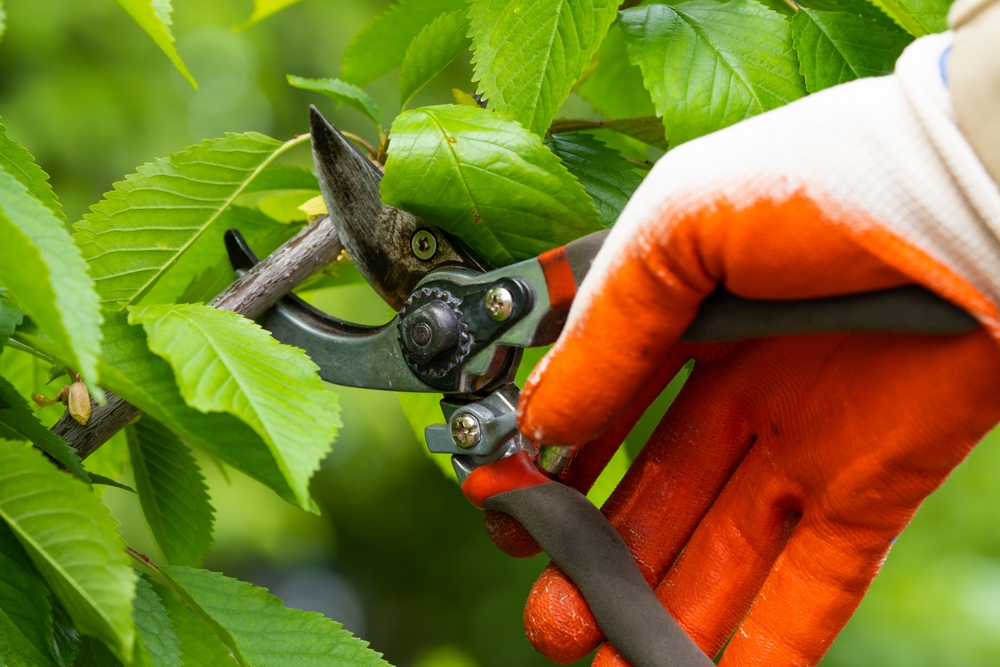
If you’re looking to trim dead stems, shape shrubs, or cut a few herbs, get pruning shears. They come in different types.
- Bypass shears are good for clean cuts on green stems.
- Anvil types are better for dry or woody branches.
- Ratchet pruners are helpful if you need a little extra strength.
To keep your shears working well, wipe them clean after each use and sharpen the blades regularly. Always cut away from your body and keep your fingers clear when snipping.
Garden Gloves
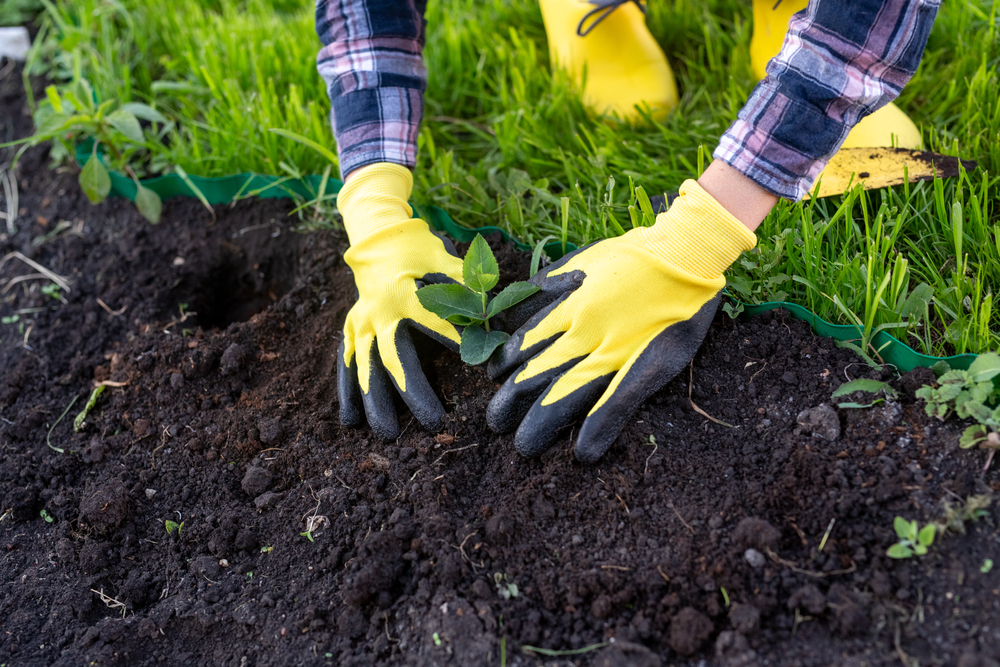
Garden gloves do more than just keep your hands clean. They protect you from sharp thorns, bug bites, blisters, and even harsh chemicals. Some gloves are better for heavy digging, while others are lighter and great for delicate work.
Make sure they fit well and are made from materials that match the job. After each use, shake off dirt and let them dry fully to prevent mold or bad smells.
Garden Fork
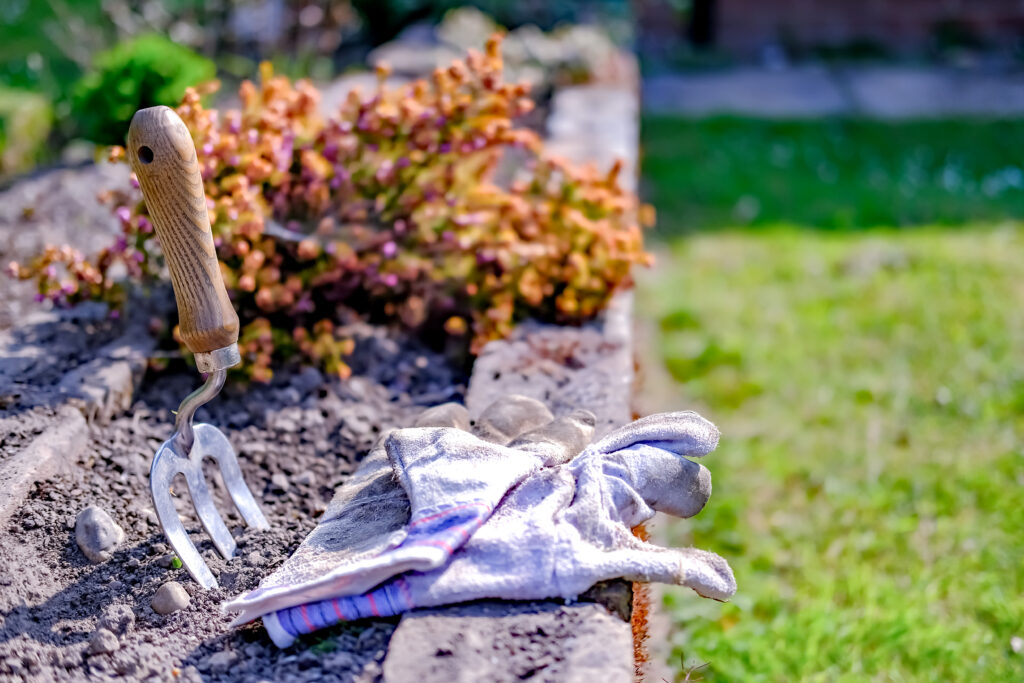
This tool helps break up hard soil, loosen roots, and turn compost. It’s especially useful if your soil is heavy or packed down. A garden fork can also help mix in soil amendments or spread mulch.
Choose one with strong tines that won’t bend easily. A comfortable handle that suits your height will make the work easier. It’s a must-have for tougher soil types like clay.
Spade or Shovel
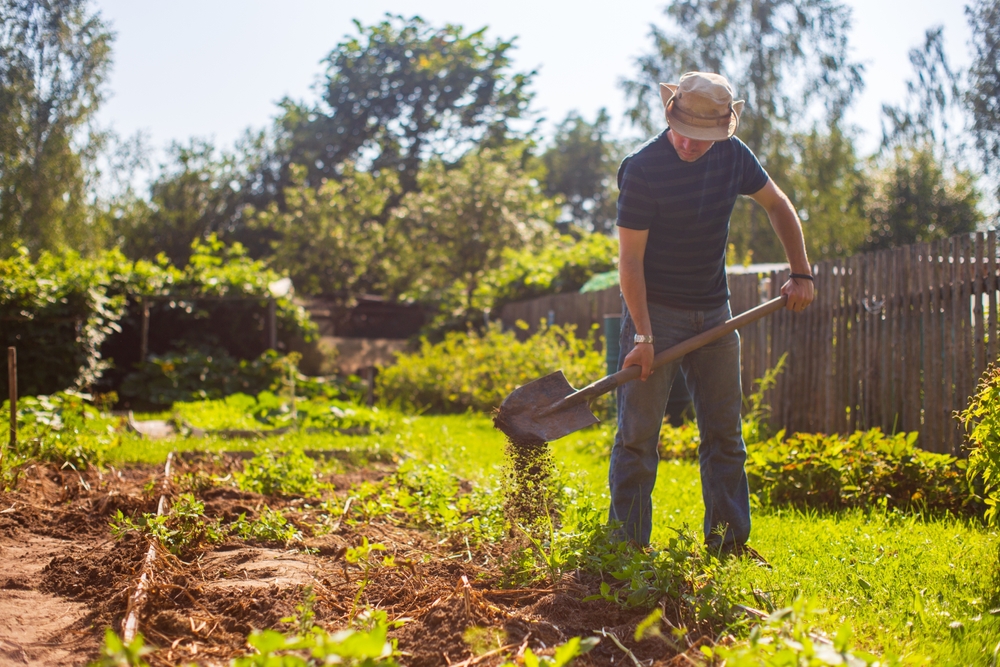
Spades and shovels may look similar, but they do different things. A spade has a flat blade and is great for edging beds and slicing through roots. A shovel has a curved blade, which is better for scooping and moving soil.
Pick one that feels balanced in your hands, with a grip that doesn’t cause blisters. The blade should be solid, and the handle should be the right length for your height to avoid back strain.
Watering Can or Hose with Spray Nozzle
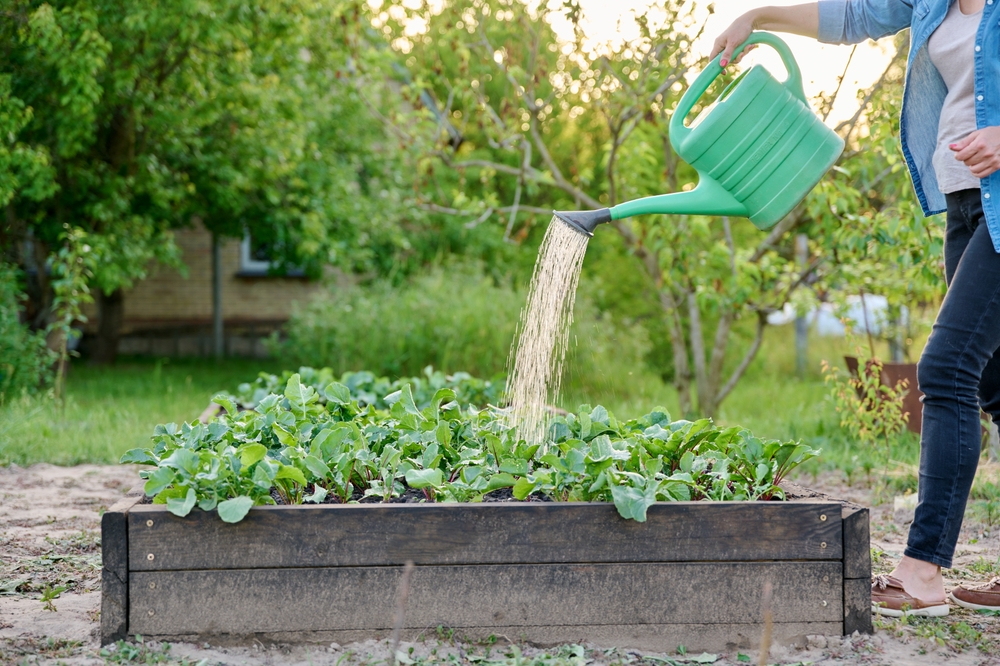
For small gardens or pots, a watering can is easy to control. If you’re watering larger areas, a hose with a spray nozzle can save time and give you more options.
Different nozzle settings can help you switch between a gentle mist for seedlings and a steady stream for thirsty plants. It’s always better to water at the base of the plant to avoid soaking the leaves.
Garden Rake
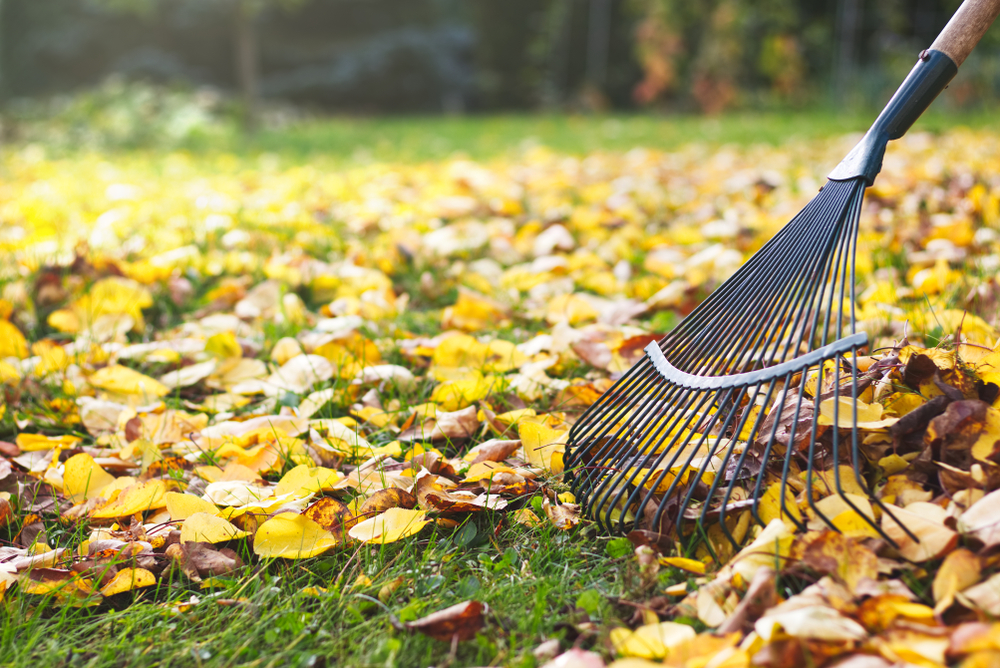
A rake helps level soil, clear out leaves, and spread mulch evenly across beds. You’ll use it when preparing new planting areas or cleaning up at the end of a season. There are two main types that you need to keep in mind.
- Leaf rakes are lightweight and great for cleanup
- Bow rakes are sturdier and made for soil work
Make sure to check your rake, especially the tines, from time to time to ensure that they’re not bent or broken.
Garden Hoe
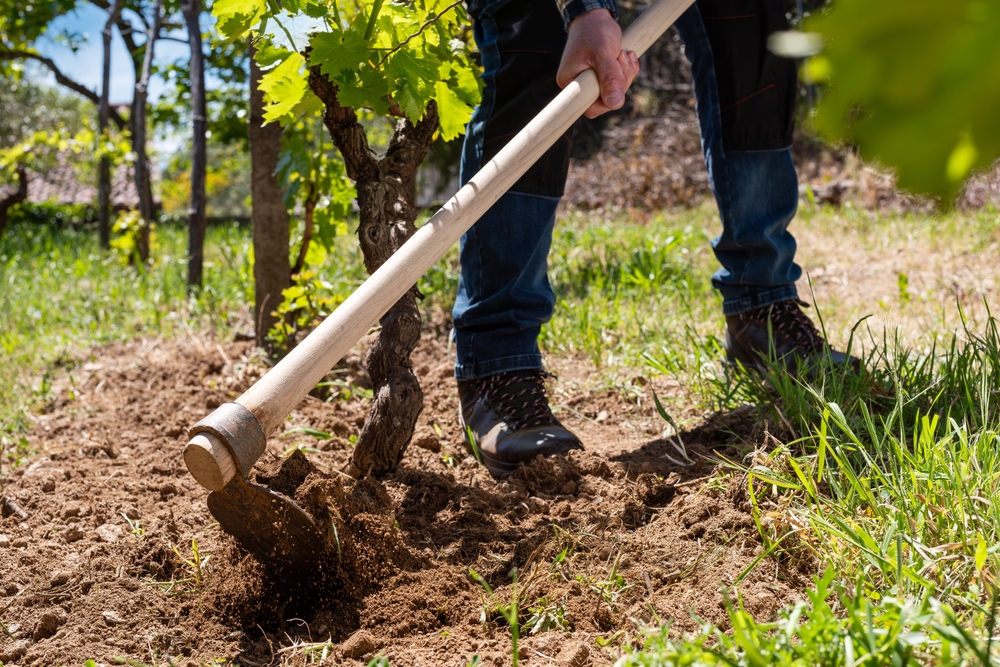
This is your go-to tool for weeding and loosening soil between plants. It slices through weeds just under the surface and can help mix compost into the top layer.
There are different styles, like stirrup, draw, or scuffle hoes. No matter which you choose, try not to get too close to your plants’ roots, since they can be easily nicked.
Wheelbarrow or Garden Cart
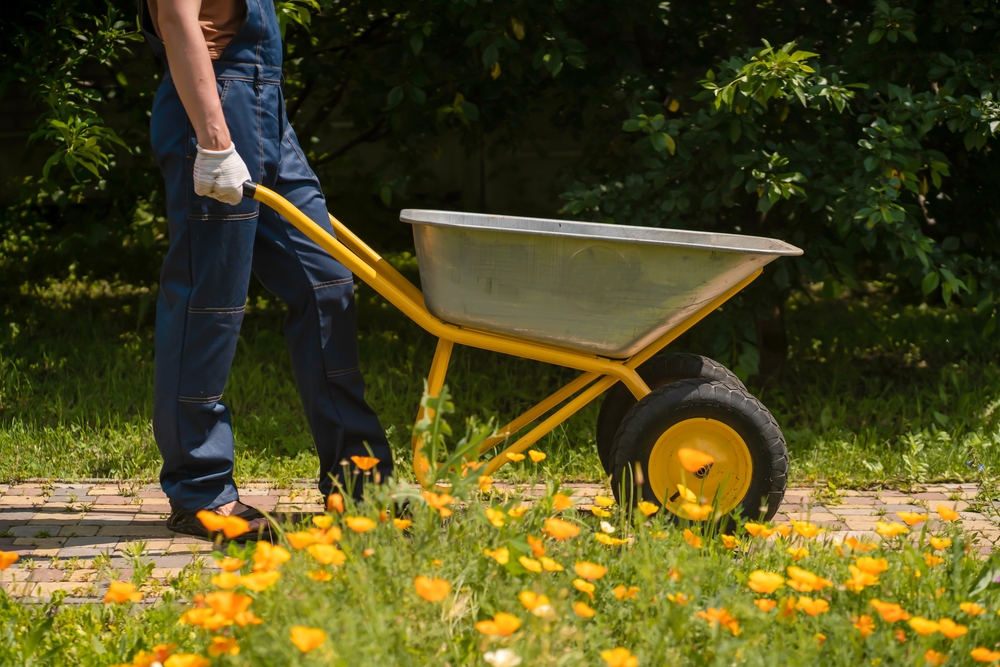
If you need to move bags of soil, compost, or bundles of weeds, a wheelbarrow or garden cart will make things much easier. You can haul more in fewer trips and spare your back in the process.
Here are a few things to think about when getting a cart or wheelbarrow.
- A sturdy frame and rust-resistant parts
- One wheel for better turning, or two for more balance
- A spot to keep it dry and off the ground
In any case, make sure to keep your cart clean and check the tires every once in a while so that you won’t be troubled with a flat tire while working.
Soil Knife
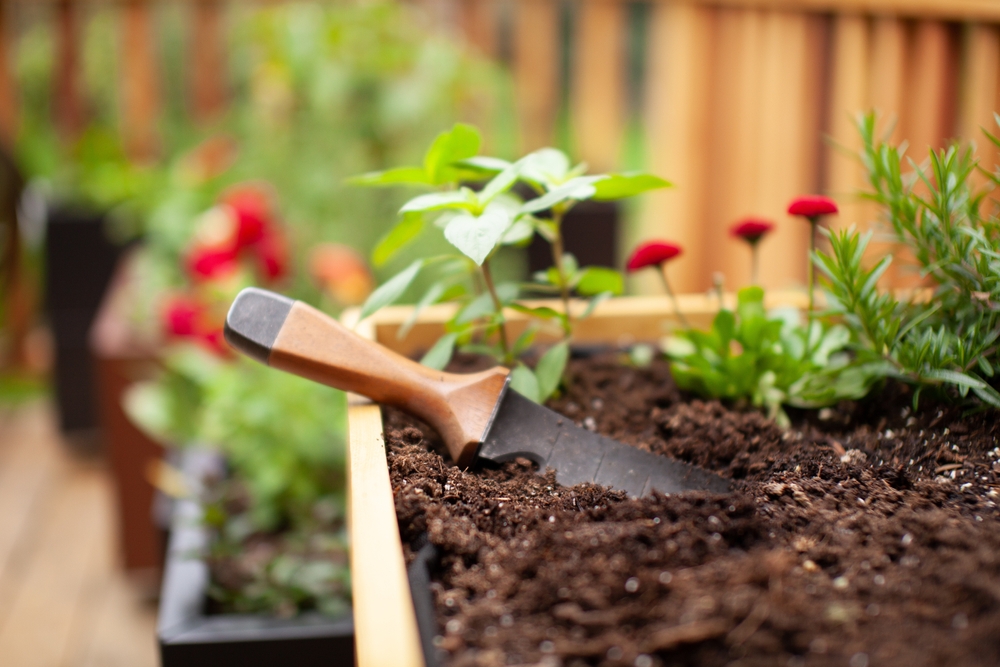
This is a multi-use tool that’s great for digging, cutting, and even measuring planting depth. It’s sharp enough to cut through roots, strong enough to pry out rocks, and marked with inch lines to guide your planting.
Look for a soil knife with a strong blade, a comfortable handle, and a sheath for safe carrying. It’s especially useful when dividing plants or planting bulbs in tight spots.
Bonus: Tool Maintenance Essentials
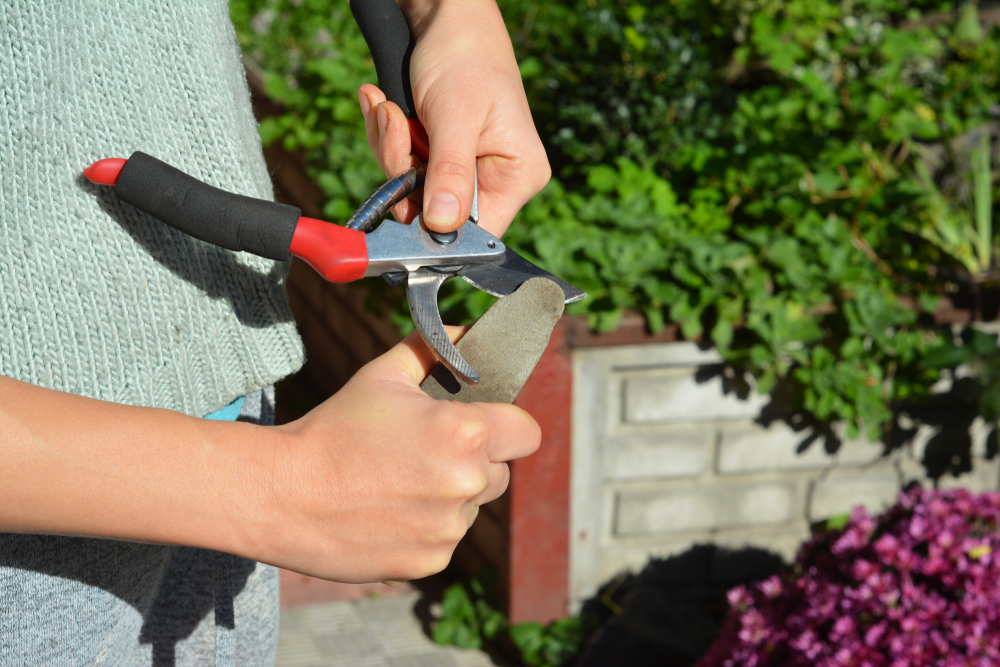
Caring for your tools keeps them working well and helps them last longer. Clean off dirt after every use, and if your tools touch diseased plants, dip them in a diluted bleach mix before rinsing and drying. Metal parts last longer if you rub on a little oil every now and then.
Keep blades sharp and store everything in a dry place like a shed or garage. Hanging tools up keeps them off the ground and helps prevent damage.
You don’t need a shed full of tools to start a garden. Just a handful of good ones will help you get going and make the work more enjoyable. Take care of them, and they’ll keep helping you year after year.
Start with the basics and add more as you go. As your garden grows, you’ll figure out what tools suit your space and the kind of gardening you enjoy most.
This article originally appeared on Avocadu.
